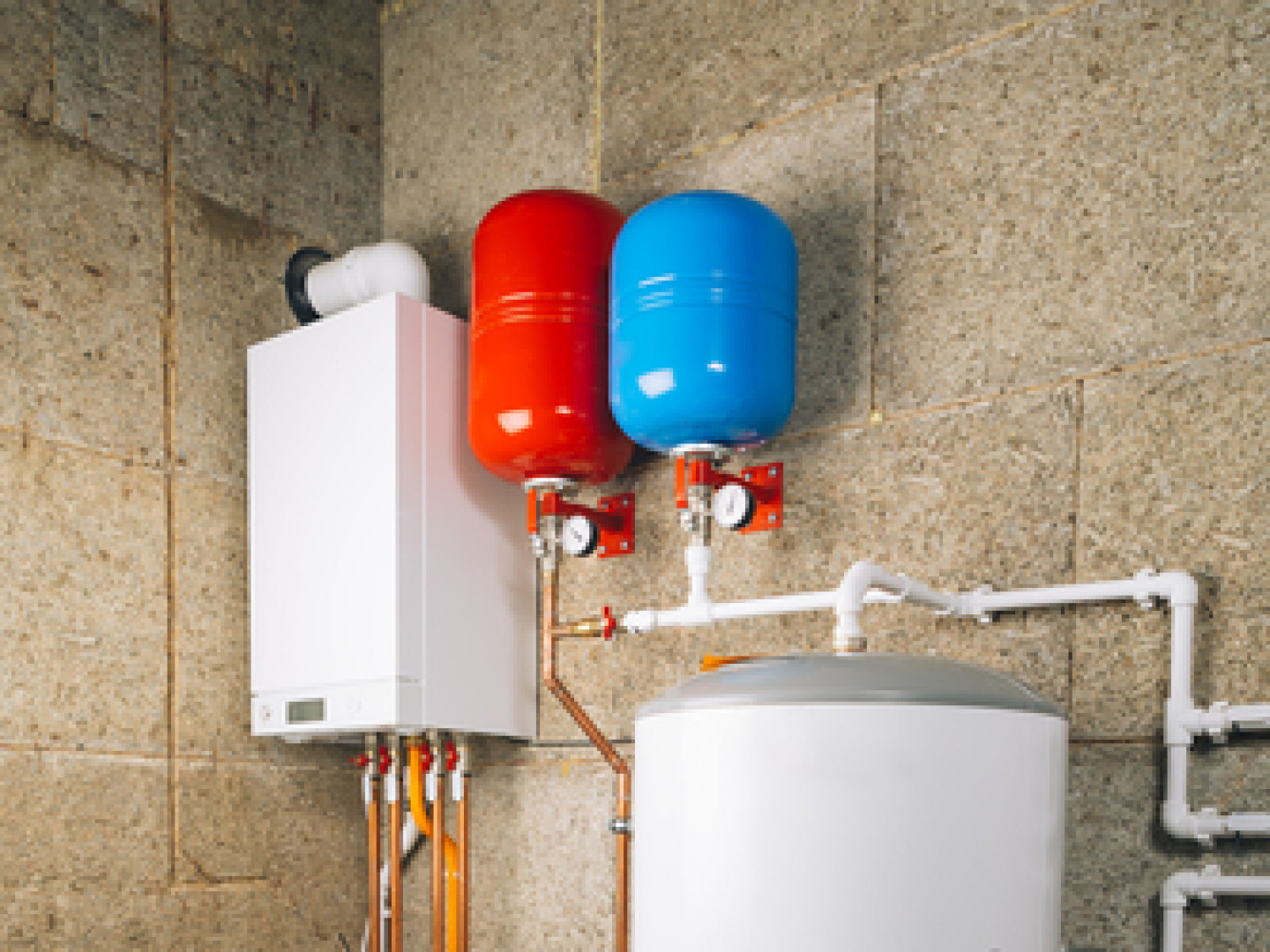The Ultimate Guide to the 30 Gallon Gas Water Heater
Are you looking for an energy-efficient and cost-effective way to provide hot water to your home? A 30 gallon gas water heater could be the perfect solution. This type of water heater is great for small households or apartments, as it can supply enough hot water for everyday use. In this article, we’ll explore the features and benefits of a 30 gallon gas water heater, as well as installation tips and maintenance advice. So if you’re interested in learning more about this type of heating system, read on!
When it comes to features, the 30 gallon gas water heater is designed to be highly efficient. It uses natural gas as its fuel source and can provide up to 6 gallons per minute of hot water in moderate climates. This type of water heater also has a limited recovery time, meaning that it can produce hot water faster than other types of systems. Additionally, this system typically has fewer parts compared to electric models, allowing for easier installation and maintenance.

The 30 gallon gas water heater also offers several benefits over other types of heaters. For one, it doesn’t require parts like heating elements or tankless coils, so there’s no risk of these parts failing and causing damage to your home. Additionally, this type of system tends to be much more energy-efficient than electric models. This means that you can save money on your energy bills while still having enough hot water for your home and family.
When it comes to installation, the 30 gallon gas water heater is relatively straightforward. Before beginning any work, however, make sure that you have all of the necessary components and supplies. These include a gas line connection kit and venting materials, as well as safety gear like gloves and goggles. Additionally, if you’re installing the heater yourself, make sure to read through the manufacturer’s instructions carefully before proceeding with any work.
Finally, it’s important to keep up with routine maintenance for your 30 gallon gas water heater. This includes checking for signs of wear and tear, such as leaks or corrosion. Additionally, it’s important to flush the system once a year in order to remove any sediment buildup. Doing so can help extend the life of your water heater and ensure that it continues to run efficiently for many years to come.
